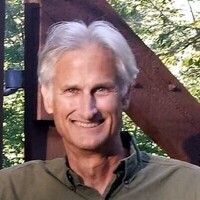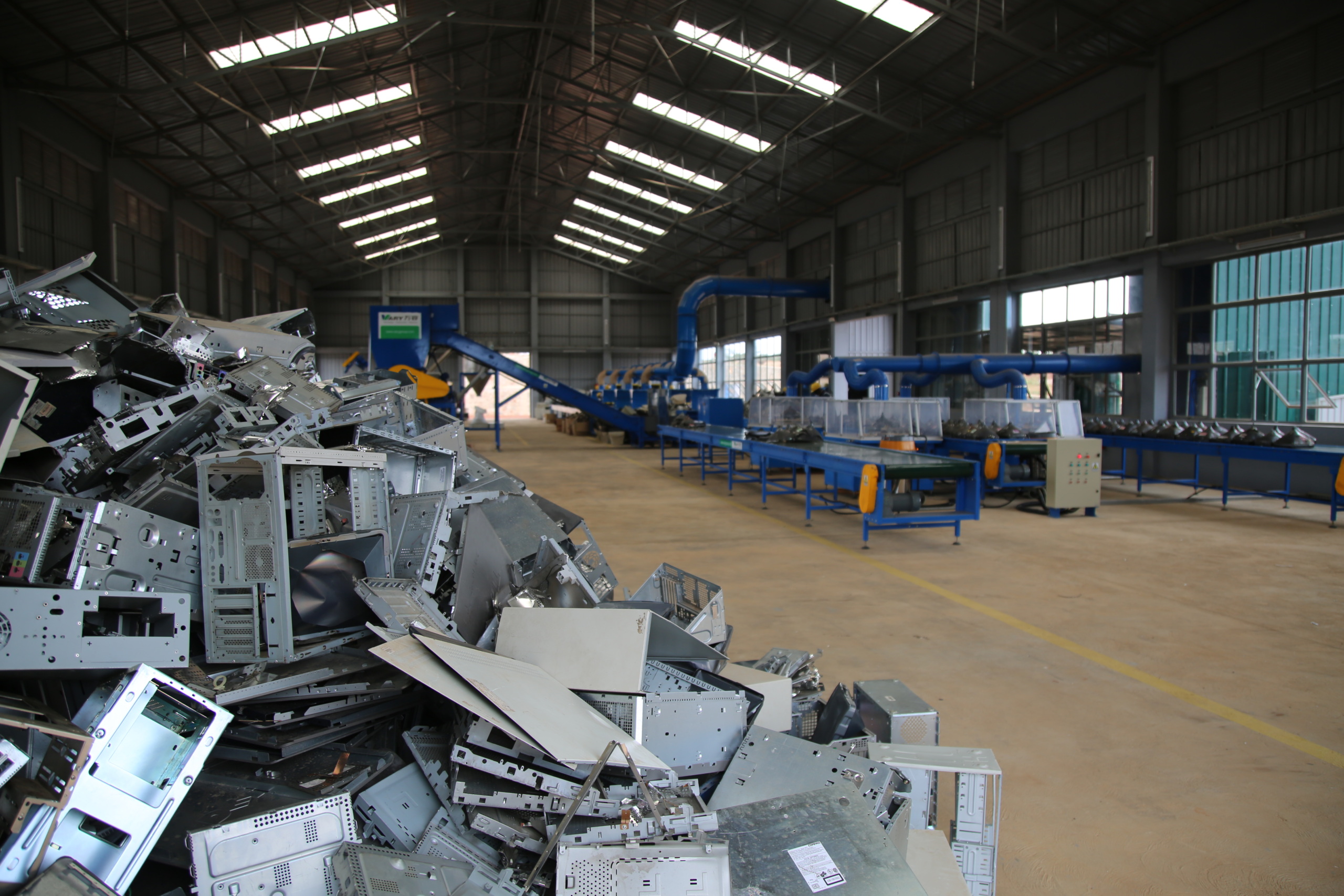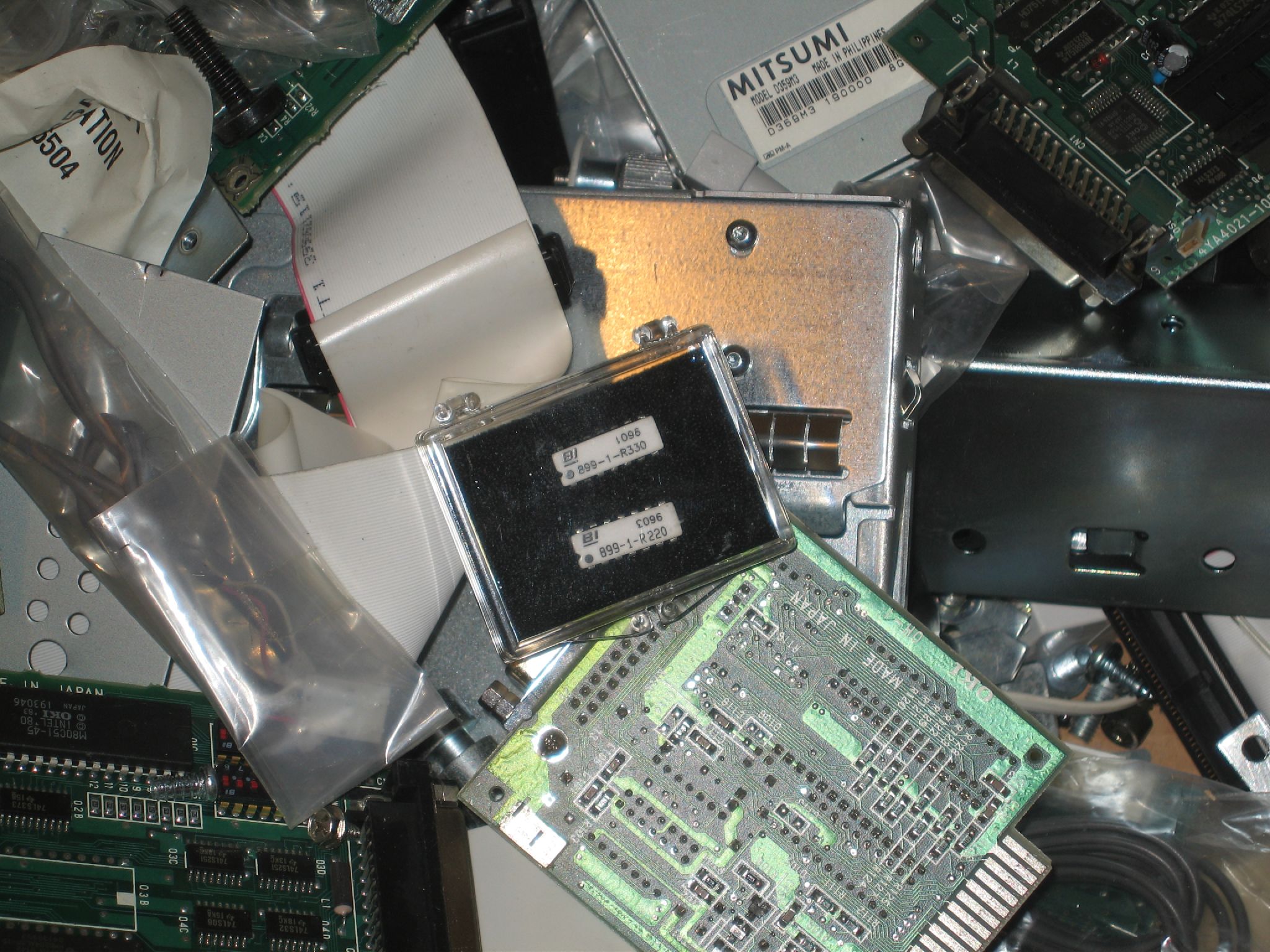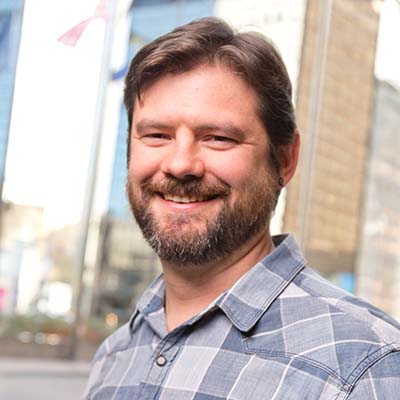Remembering John Wackman, Repair Champion
A tribute to John, and a review of his book, Repair Revolution

In January, we lost one of our Right to Repair heroes, John Wackman of Kingston, New York. He was only 69. John was a generous and joyful repair advocate who founded Repair Cafe Hudson Valley. Repair Cafes, free community gatherings where neighbors gather and repair items together, are a perfect distillation of John’s passions: creating community, sharing time and expertise without reservation (or charge), and caring for the planet.
Before John’s passing, we had spoken to him about his new book, Repair Revolution: How Fixers Are Transforming Our Throwaway Culture (coauthored by Elizabeth Knight) which was published in October 2020.
U.S. PIRG is sharing our interview and book review. Also, in honor of John, many Right to Repair supporters and advocates are donating to Sustainable Hudson Valley, which sponsors Repair Cafe of the Hudson Valley and Catskills. We welcome you to contribute as well — please note “Repair Cafe” when you give online, so it goes to continue his work.
Repair Revolution charts rise is community repair events
At community centers and public libraries (and during the COVID-19 pandemic, on Zoom) in cities and small towns across the country, people gather to fix things with their neighbors. The number of these events — which are called “fixit clinics” or “repair cafes,” among other names — has grown from a few 10 years ago to thousands hosted by local repair groups around the globe.
Repair Revolution: How FIxers Are Transforming Our Throwaway Culture, documents the spread of volunteer-run repair initiatives that help community members fix their old broken items for free so they can keep using them.
“We want this book to be shared, underlined, and dog-eared,” said John, during a conversation with U.S. PIRG’s Alex DeBellis in December.
How collective repair challenges a throwaway mentality
In the true spirit of repair, Repair Revolution features what John described as “a lot of moving parts.”
The book walks readers through the pervasive throwaway culture encouraged by manufacturers who make it nearly impossible to fix the things we own. As John explained, “If you can’t fix it, you don’t own it.” He called for designers to build things “designed to be repaired.”
Wackman also said that the lack of repairability of our products leads to an unhealthy increase in unnecessary waste and depletion of natural resources, with 80 percent of environmental impact occurring at the manufacturing stage. If we can repair things, we can reduce the resource-intensive processes required to produce new items.
Repair brings people together
Wackman’s favorite aspect of repair cafes was being part of a dynamic, lively system of neighbors helping neighbors, who build lasting connections when they work alongside each other to fix beloved items. As the book says: “Almost every item people bring [in to repair] has meaning to them. Every item comes with a story. Laughter and tears are common.”
In addition to giving readers a 360-degree view of the repair ecosystem, the authors include a guide for readers to plan, staff and implement their own repair events. In the final chapter of the book, readers can peruse step-by-step instructions on how to diagnose problems and repair commonly broken items.
Repair Revolution is a guide both to fixing our stuff and to making conscious changes in our lives that challenge our perspective as consumers.
“We need to change the world,” John said, “but we plan to have fun and build new friendships as we go along.”
Thank you, John, for being a friend on this journey. To find your own repair community to journey with, visit Repair Cafe TV or Fixit Clinic for local repair events.
Topics
Authors
Alex DeBellis
Nathan Proctor
Senior Director, Campaign for the Right to Repair, PIRG
Nathan leads U.S. PIRG’s Right to Repair campaign, working to pass legislation that will prevent companies from blocking consumers’ ability to fix their own electronics. Nathan lives in Arlington, Massachusetts, with his wife and two children.
Find Out More

Why Microsoft extended Windows 10 support for schools for $1

Unsubscribe: Refusing to pay to use what we own

30 states considering Right to Repair so far in 2024


